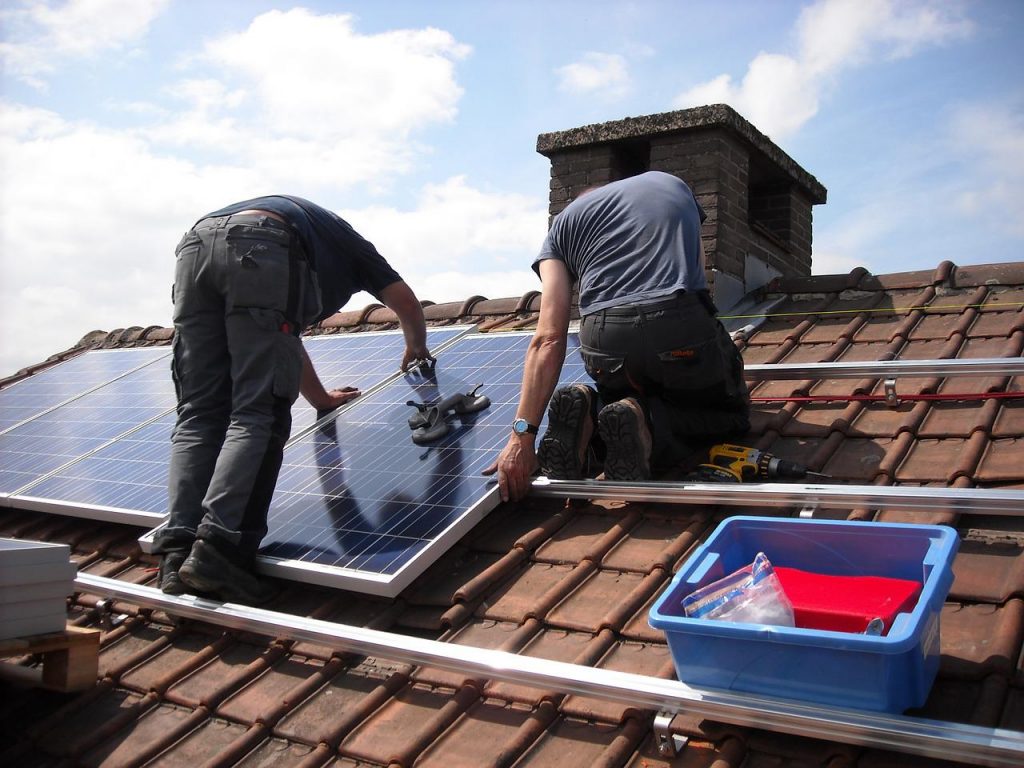Why Installing Solar Panels Is More Worthwhile Than Ever
Solar panels can help people save significant amounts of money, learn why that is true now more than ever before.
This article is more than 2 years old

Finding sustainable, renewable energy sources is something many people in America are investing in. Due to the impending climate disaster and the rising cost of fuel, finding alternatives for power is a pragmatic strategy. Today, solar panels are becoming more and more common in American households. Rooftop solar panels reached unprecedented usage this year, following a five-year streak of record-high installations.
Solar panels receive more attention as inflation goes up and fuel prices skyrocket. More residents in the western United States have been accepting alternative energy sources, with California leading with the most residential solar panels installed. Washington and Oregon are right behind California in their solar-panel establishment. Even with those northwestern states’ cloudiness and dreary weather, solar energy can still be efficiently collected.
There are a couple of reasons why the West Coast has been more privy to installing solar panels in residential areas and rooftops. For starters, electricity costs are exponentially higher in the western states than in other parts of the country. California suffers the most significant expenses in electricity, costing the average family 20.45 cents per kilowatt-hour this past year. In both Oregon and Washington, the electricity bill is still high but fails compared to California’s high energy costs. Electricity per kilowatt-hour costs 11.17 cents in Oregon, while it costs one dollar less at 9.87 cents in Washington.
Solar panels can help significantly lower the substantial electricity bills West Coast residents have been burdened by. In California, an average monthly electricity bill costs a home $116.94. In Oregon, the bill average is about $102.32, while Washington clocks in at $95.72. Though both states have average expenses that are monetarily lower than California’s, they are still too high for a standard family to comfortably live. For Washington, a yearly electricity bill can total more than $1,100.
Can installing solar panels on a house’s roof save people money? This simple answer is yes. The most common way to measure a solar power’s supremacy is how many dollars are spent per watt. You can figure out this number by dividing the total cost of a solar installation by its daily energy capacity. In California, the average fee for solar panels is $2.69 per watt, slightly lower than other states’ regular energy expenses. For New England states, the average energy per watt is around $3.00, which would make a family spend more money on electricity bills than with solar panels.
The United States attempts to make solar panel installation more viable for its citizens. If you attach solar panels to your roof, you’re eligible for the federal solar tax credit. For any panels installed in 2022, you can notify the federal government and get 26% of the system’s expense returned to you during tax season. Though this incentive galvanizes Americans to install their own panels, the tax break will drop in 2023 to a 22% system deduction and may vanish in 2024. Solar panels can save an American family money on their electricity bill. More governmental tax right-offs could be available to you after panel installation, depending on what state you reside in.








